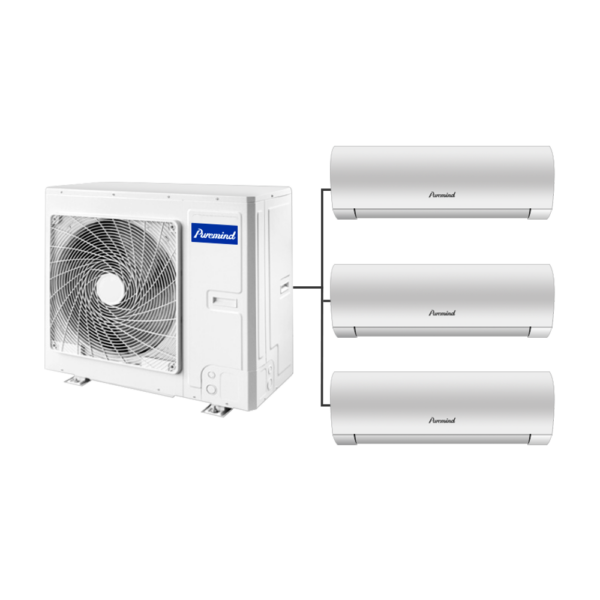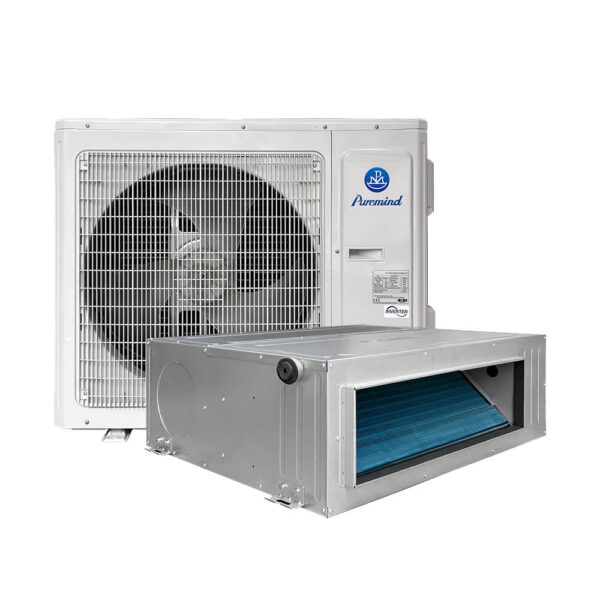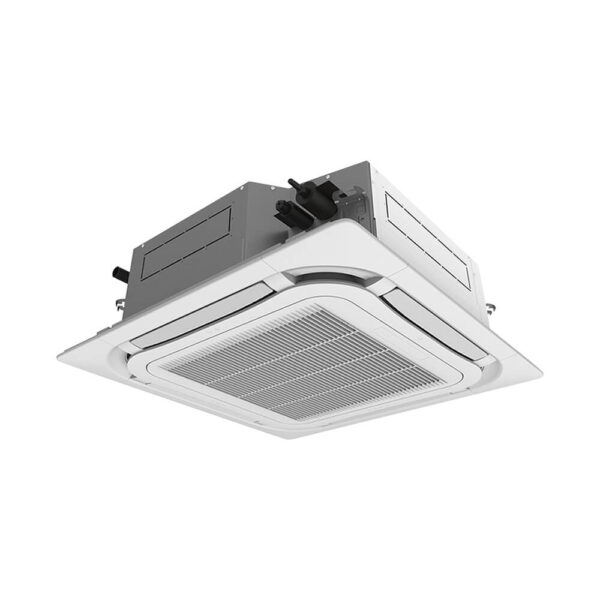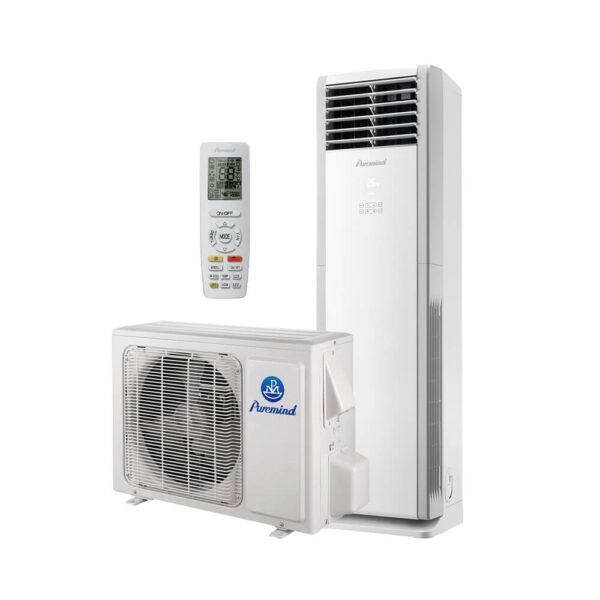HVAC Ductwork Supplies Guide for Distributors & Suppliers
For wholesalers, distributors, and suppliers, hvac ductwork supplies represent one of the most fundamental and profitable product categories in the HVAC market. While air conditioners and heat pumps often grab headlines, duct systems are what make climate control possible. Without reliable ductwork, conditioned air cannot reach its destination effectively. In this guide, we’ll explore the essentials of ductwork supplies, their importance in wholesale distribution, and strategies to succeed in this growing market.
What Are HVAC Ductwork Supplies?
HVAC ductwork supplies include the full range of components used to transport air throughout buildings. These products include sheet metal ducts, flexible ducts, duct board, fittings, dampers, connectors, and insulation. Contractors depend on these parts for both new installations and retrofits. From a wholesale perspective, having a reliable stock of ductwork components ensures steady sales across residential, commercial, and industrial markets.
Why Ductwork Supplies Matter for Wholesalers
Stocking hvac ductwork supplies is not just about filling warehouse shelves—it’s about positioning your business as an essential partner in the HVAC supply chain. The key advantages include:
- Consistent Demand: Every central heating or cooling system requires ductwork.
- Cross-Selling Opportunities: Duct products can be bundled with air conditioners, filters, and thermostats.
- Customization Potential: Offering cut-to-size or pre-insulated options adds value for contractors.
- Repeat Business: Repairs, upgrades, and maintenance create ongoing demand year-round.
Types of HVAC Ductwork Supplies
Wholesalers should carry a wide variety of hvac ductwork supplies to serve diverse projects. Common categories include:
- Sheet Metal Ducts: Durable and widely used in commercial and industrial projects.
- Flexible Ducts: Lightweight and easy to install, common in residential homes.
- Duct Board: Insulated fiberglass boards offering both airflow and energy savings.
- Dampers & Fittings: Control airflow and connect different duct sections.
- Insulation Materials: Essential for reducing energy loss and meeting code requirements.
Market Insights for Ductwork Supplies
According to Contracting Business, demand for air distribution supplies continues to grow due to stricter energy efficiency standards. Residential retrofits, commercial upgrades, and new construction all require ductwork improvements. With sustainability becoming a priority, properly sealed and insulated ducts are now a selling point for contractors. For wholesalers, this trend creates opportunities to promote eco-friendly solutions alongside traditional products.
Applications Across Different Sectors
HVAC ductwork supplies are used in nearly every sector of the built environment. For distributors, this means serving multiple customer bases:
- Residential: Homes with central air systems depend on flexible and sheet metal ducts.
- Commercial: Offices, shopping centers, and restaurants require complex air distribution systems.
- Industrial: Factories and warehouses use heavy-duty ducts for both comfort and process ventilation.
- Institutional: Hospitals, schools, and government buildings demand high-quality ductwork to ensure air quality.
Sourcing Strategies for Wholesalers
Building a competitive edge in hvac ductwork supplies comes down to smart sourcing and reliable partnerships. Best practices include:
- Partner with manufacturers who comply with SMACNA standards and local codes.
- Diversify inventory by carrying both rigid and flexible ducts.
- Offer customization services such as pre-insulated or cut-to-length duct products.
- Bundle ductwork with related equipment like split air conditioners for larger contractor packages.
Challenges in the Wholesale Ductwork Market
While profitable, distributing hvac ductwork supplies comes with challenges:
- Logistics: Duct sections are bulky and require specialized transportation.
- Customization: Non-standard sizes increase complexity and demand accurate forecasting.
- Price Sensitivity: Ductwork often competes on cost, leaving smaller margins.
- Regulatory Pressure: Compliance with evolving energy and fire safety codes adds complexity to inventory planning.
Marketing Strategies for Wholesalers
To stand out in the wholesale duct products market, distributors should consider:
- Highlight Energy Savings: Promote insulated ductwork that meets or exceeds efficiency standards.
- Build Contractor Loyalty: Create rewards programs for repeat buyers.
- Offer Training: Provide workshops on proper duct sealing and installation methods.
- Leverage Digital Marketing: Use SEO-driven campaigns and B2B e-commerce platforms to reach a wider audience.
The Future of HVAC Ductwork Supplies
The future of hvac ductwork supplies will be influenced by sustainability and technology integration. Smart buildings are driving demand for ducts equipped with sensors to monitor airflow and detect inefficiencies. Wholesalers who embrace this shift—by carrying eco-friendly and tech-ready duct solutions—will gain a competitive edge. As building codes evolve, products like insulated duct boards and airtight connectors will become standard, ensuring long-term profitability for proactive distributors.
Conclusion
For wholesalers, distributors, and suppliers, hvac ductwork supplies remain an essential and profitable category within the HVAC industry. From residential homes to industrial facilities, every central system relies on ductwork to function properly. By stocking a wide range of duct materials, offering customization, and bundling with complementary equipment like split AC units, distributors can maximize sales and strengthen contractor relationships. With growing emphasis on energy efficiency and sustainability, ductwork supplies are not just a necessity—they are an opportunity for wholesalers to secure long-term growth.







